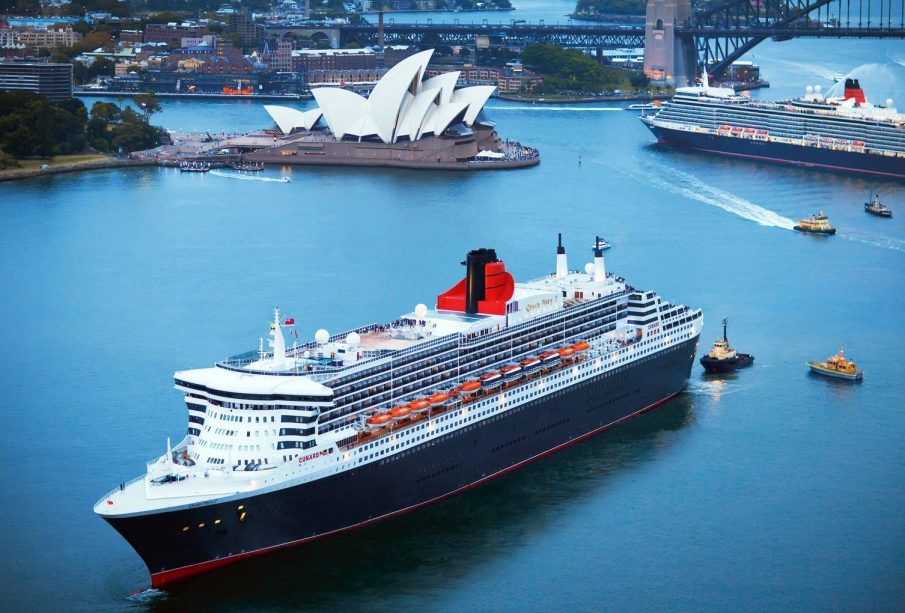The Legacy of Queen Mary: An Icon of Maritime History

Introduction
The Queen Mary, an ocean liner that has captured the imagination of many, is more than just a vessel; it is a floating piece of history. Launched in the 1930s, this majestic ship has survived decades of change, serving as a luxury liner, a wartime troopship, and now as a cherished hotel and museum in Long Beach, California. Its story is essential for understanding maritime history and cultural heritage.
Historical Significance
The Queen Mary was commissioned by Cunard Line and began her maiden voyage on May 27, 1936. She was designed to be the fastest and most luxurious ship of her time, dominating transatlantic travel. With an impressive speed of 31 knots, she was hailed as ‘the Grey Ghost’ during World War II when she was converted into a troopship. This switch helped to transport over 800,000 troops across the Atlantic, showcasing her versatility and importance in wartime logistics.
Transition to a Museum
After ceasing passenger operations in 1967, the Queen Mary found a new purpose when it docked permanently in Long Beach. The city has lovingly restored the ship and transformed it into a floating hotel and museum, attracting millions of visitors each year. Tours highlighting the ship’s history, architecture, and reported hauntings have gained popularity, showcasing the intricate Art Deco details and the preservation efforts that have been undertaken to maintain her grandeur.
Recent Developments
In recent years, the Queen Mary has faced financial challenges, exacerbated by the COVID-19 pandemic. The vessel’s ownership transferred to the city of Long Beach in 2013 amidst substantial debt, and issues like maintenance and safety inspections have come to a forefront, raising concerns about the future of this iconic ship. However, local authorities and stakeholders continue to seek solutions, including potential partnerships and funding to ensure its preservation and revitalisation.
Conclusion
The legacy of the Queen Mary remains significant, symbolizing a bygone era of luxury travel and wartime history. Its potential as a cultural landmark in Long Beach remains strong, provided that efforts continue to ensure its upkeep and relevance. As discussions about its future progress, admirers and historians alike hope that this iconic liner will endure, inspiring future generations to appreciate its storied past and historical importance.









